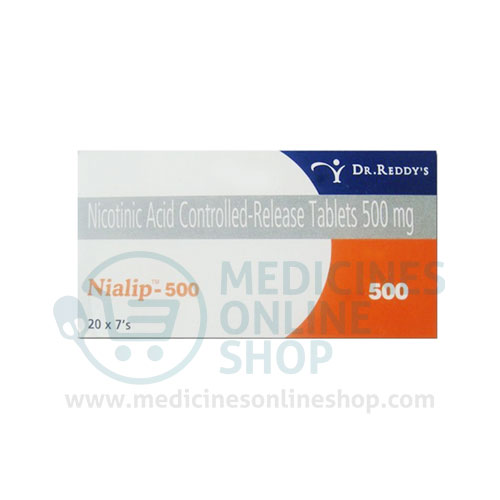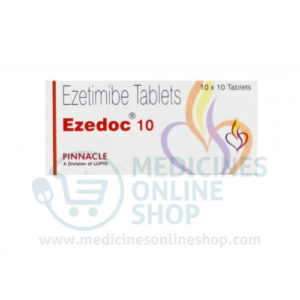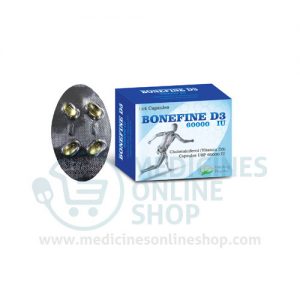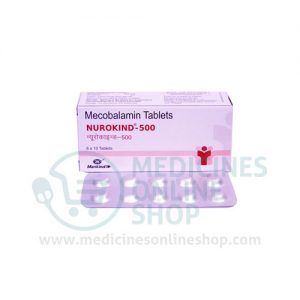What is this drug used for?
• It is used to lower bad cholesterol and raise good cholesterol (HDL).
• It is used to lower triglycerides.
• This vitamin is used to treat niacin deficiency.
• It may be given to you for other reasons. Talk with the doctor.
Frequently reported side effects of this drug
• Flushing
• Itching
• Diarrhea
• Cough
• Nausea
• Vomiting
Other side effects of this drug: Talk with your doctor right away if you have any of these signs of:
• High blood sugar like confusion, fatigue, increased thirst, increased hunger, passing a lot of urine, flushing, fast breathing, or breath that smells like fruit.
• Liver problems like dark urine, fatigue, lack of appetite, nausea, abdominal pain, light-colored stools, vomiting, or yellow skin.
• Muscle pain
• Muscle weakness
• Chest pain
• Severe dizziness
• Passing out
• Shortness of breath
• Sweating a lot
• Signs of a significant reaction like wheezing; chest tightness; fever; itching; bad cough; blue skin color; seizures; or swelling of face, lips, tongue, or throat.
Note: This is not a comprehensive list of all side effects. Talk to your doctor if you have questions.
Pronunciation
(NYE a sin)
Medication Safety Issues
Sound-alike/look-alike issues:
Niacin may be confused with Minocin, niacinamide, Niaspan
Generic Availability: US
Yes
Storage and Stability
Store at room temperature.
Adverse Reactions
Cardiovascular: Atrial fibrillation, cardiac arrhythmia, edema, flushing, hypotension, orthostatic hypotension, palpitations, tachycardia
Central nervous system: Chills, dizziness, headache, insomnia, migraine, myasthenia, nervousness, pain, paresthesia
Dermatologic: Acanthosis nigricans, burning sensation of skin, diaphoresis, hyperpigmentation, maculopapular rash, pruritus, skin discoloration, skin rash, urticaria, xeroderma
Endocrine & metabolic: Decreased glucose tolerance, decreased serum phosphate, gout, hyperuricemia, increased amylase, increased lactate dehydrogenase
Gastrointestinal: Abdominal pain, diarrhea, dyspepsia, eructation, flatulence, nausea, peptic ulcer, vomiting
Hematologic & oncologic: Decreased platelet count, prolonged prothrombin time
Hepatic: Hepatitis, increased serum bilirubin, increased serum transaminases (dose-related), jaundice,
Neuromuscular & skeletal: Increased creatine phosphokinase, leg cramps, myalgia, myopathy (with concurrent HMG-CoA reductase inhibitor), weakness
Ophthalmic: Blurred vision, cystoid macular edema, toxic amblyopia
Respiratory: Cough, dyspnea
Rare but important or life-threatening: Hepatic necrosis, hypersensitivity reaction (includes anaphylaxis, angioedema, laryngismus, vesiculobullous rash), rhabdomyolysis (with concurrent HMG-CoA reductase inhibitor), syncope





